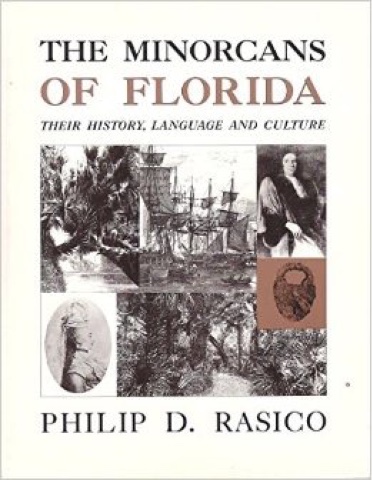The Minorcans in Florida
The Peace of Paris in 1763 gave Florida to the British. When the British entered Florida they found it depopulated. To promote settlement the Proclamation of 1763 offered easy terms to prospective settlers who desired land grants. A Scottish physician, Dr. Andrew Turnbull, siezed this opportunity. Realizing that citizens from the British Isles might have difficulty with the heat and humidity in Florida he resolved to use Greeks, who were accustomed to such conditions and knew how to cultivate olives, cotton, madder, and tobacco, as settlers. He had experience with the Greeks as his wife was Greek. He received large grants of land near the Ponce de Leon Inlet (near present day Daytona). His plans called for 500 Greek settles to cultivate crops that would thrive in the Florida climate. He called his colony New Smyrna after the birth place of his wife.
Turnbull arrived at the port of Mahón on Minorca in June 1767. This was the perfect base for his operations. The island was owned by the British and the harbor of the port Mahón was deep and well sheltered. His original intention was to go to Greece to enlist immigrants, but he postponed his trip and instead went to Leghorn, Italy where he heard there were some Italians willing to immigrate to British East Florida. The Italians who signed on with Turnbull, all male, were transported to Minorca. In July Turnbull departed for the Levant. While he was on his voyage, his agents found a number of Greeks on the island of Corsica who were willing to join his venture. His recruiting efforts in Greece were much more difficult. Eventually about 200 Greeks from among the peoples of Mani in the Peloponnesos, and a handful of Greeks from a variety of other locations were recruited. Turnbull returned to Mahón in February only to find that many of the Itallians had married Minorcan women. An additional group of about one thousand Minorcans persuaded Dr. Turnbull to accept them as colonists. On 17 April 1768 Turnbull left Minorca with eight ships carrying 1403 colonists, almost three times more than his original plan. End quote
Woolson was clearly fascinated by the Minorcan descendants still in the area. I think it is part of a dicta you of Protestant versus Catholic, Northern European versus Southern and one must acknowledge lighter skinned people versus darker. I am just a Woolsonian neophyte and I am speculating by foisting this on her but it seems hard not to see it.
"Miss Elizabetha" takes place in the 1870s in rural North East Florida. Miss Elizabetha came down long ago from the north and never left. She has a small farm where she grows a lot of her needs. To earn cash she weaves palmetto leaves into baskets and such for the tourist trade.










No comments:
Post a Comment